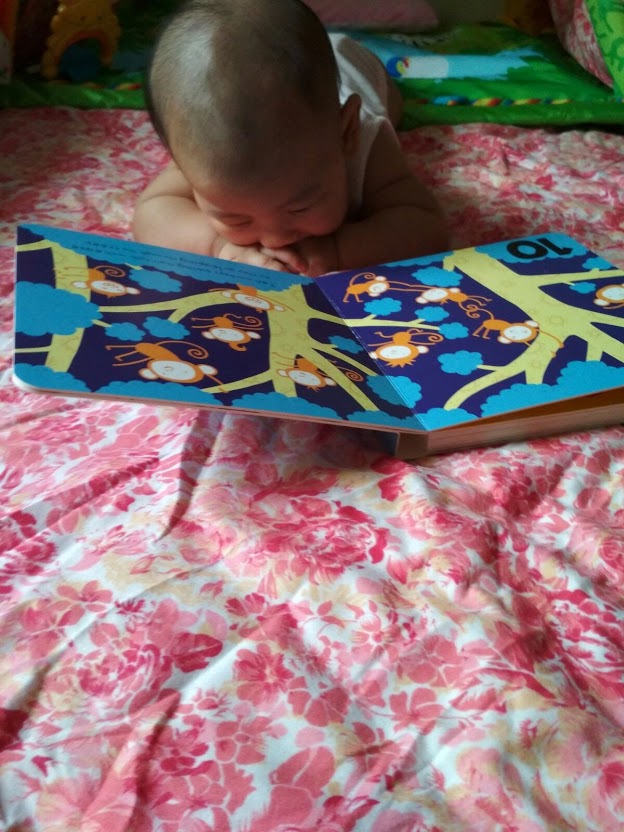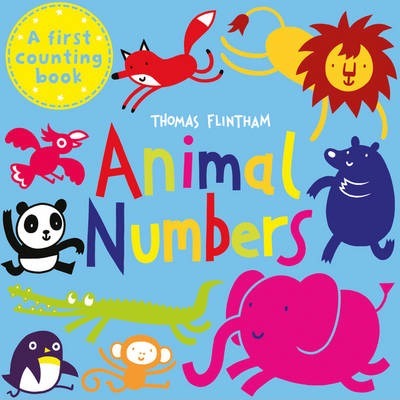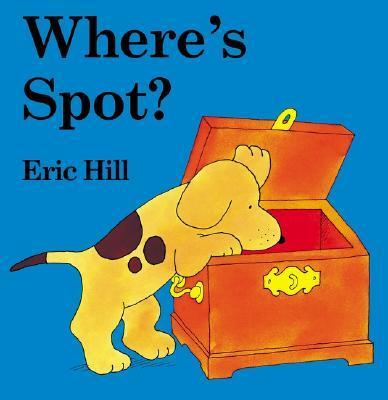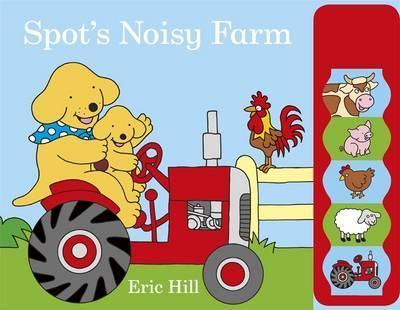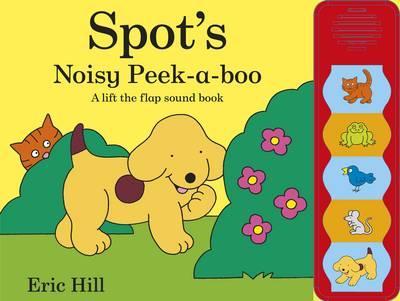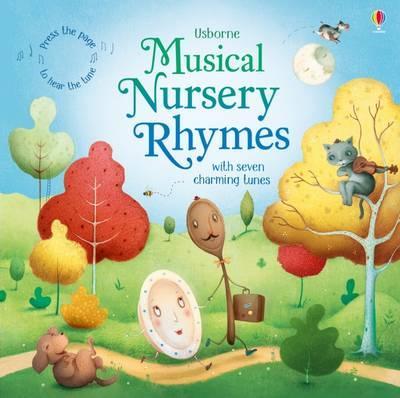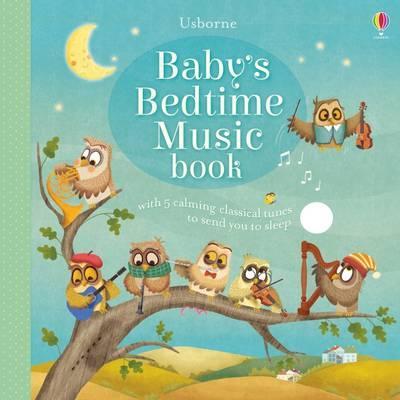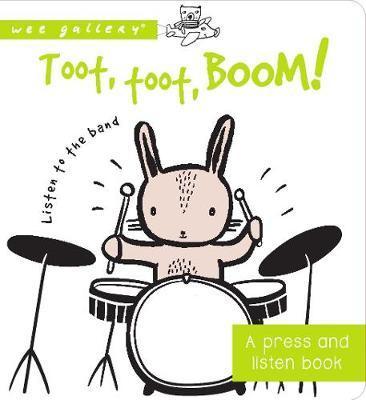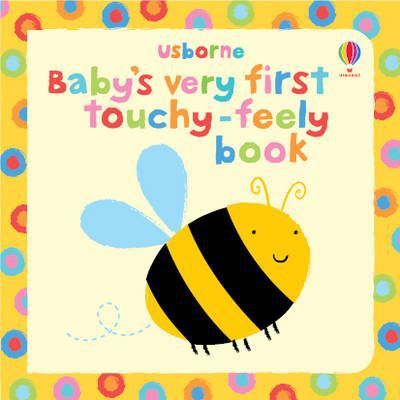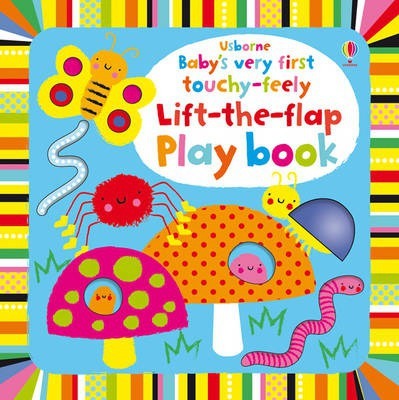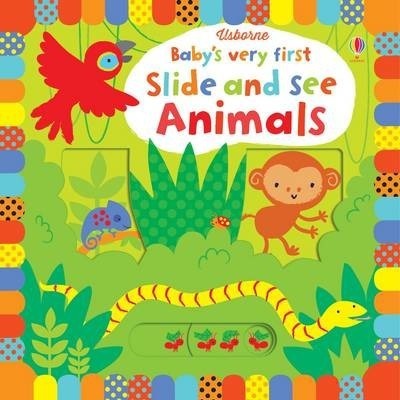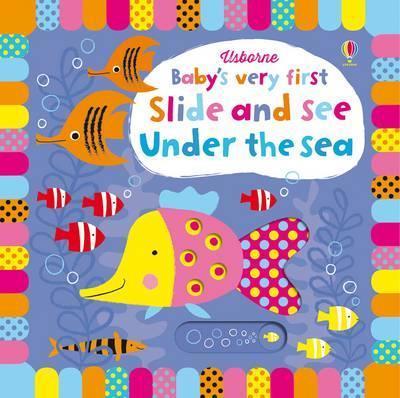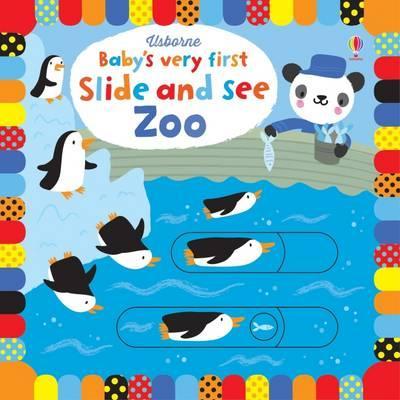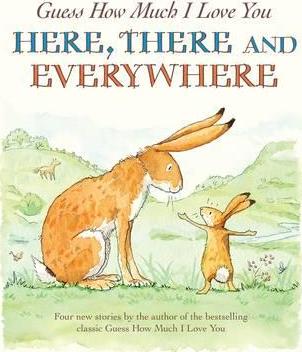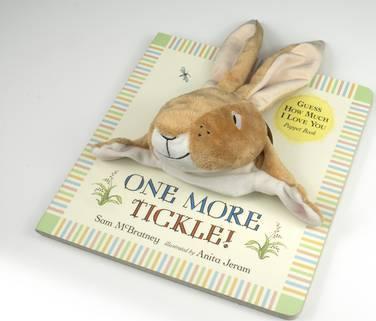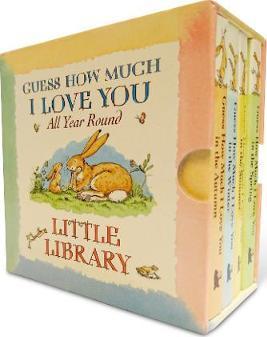It is said among people that speech development occurs in girls faster than in boys as boys tend to develop their gross motor faster. That aside, should you be concerned if your child is not speaking? Yes. Because by the time your child starts speaking, they would have a lot of catching up to do with regards to a typical child.
:max_bytes(150000):strip_icc():format(webp)/1449117-article-gifted-children-and-language-development-01-5aa81c37ba61770037a70b26.png)
Honestly at the beginning it was difficult for me to speak to others when it was obvious that Baobao was speaking way ahead of the average developmental milestones. Her first words came at 7 months, she could speak almost 300 words by 17 months, and now at 2 years old is speaking in 9 word sentences, multiple sentences, asking questions and can identify the whole alphabet. I guess this puts her at the 5 year mark.
But what I am always asked by other parents is – How do you start?
Start As Soon As Possible
My answer is always: Read. Read. Read.
Whatever age your child is, start reading to them NOW. We started reading to Baobao when she was 6 weeks old with the Lots of Love book from the Bluum Box (she could recite the whole book at 24 months), made up stories with the Wee Gallery stroller cards, and singing made up songs.
Read Every Day
By 3 months old, she was read to daily with books from the National Library Singapore’s free books goodie bag that came with the membership card for babies. They change the books every year but these are the ones that we had.
Don’t Forget Music & Interaction
At 4 months old, we introduced music books. A VTech musical book works well with this. Not only does it encourage fine motor skills of turning the pages, the large buttons and music helps to keep baby interested in learning the songs related to the words. As she was already familiar with Spot from one of her earlier books, the Spot noisy books series was another way to introduce sounds and stories. Other musical books included buttons on each page for baby to press to hear the accompanying orchestral sound of the story/song.
At 6 months old we introduced flap books. These are good for fine motor skills and sensory development as baby can see the movement, interact with the book to create the movement and also feel the different textures of the book to stay engaged with the story.
Target Their Interests, Go Outside the Norm
Get tiny box books that they fit perfectly in their small hands. Continuing on from the Spot series, we introduced the small version of the book (block-sized). Each book only has a single word on each page next to a picture with a theme covering each book.
Guess How Much I Love You is also Baobao’s favourite. We had started with the pop-up version. I know ordinarily you don’t give pop-up books to babies but we introduced it around 8 months to create interest in reading and learning. Pop-up books really give a sense of wonder to the story and makes it three-dimensional. She loved the story so much that we introduced her to all the books in that series. Currently at 25 months, she has memorised cover to cover, 1 of the 4 books in the Guess How Much I Love You, All Year Round Little Library.
Is It Too Late?
It’s not too late to start reading. What’s most important is the continued nurturing and encouragement with the baby/toddler/child on communicating clearly. I know of many friends who started reading to their child late, or reading early but they would hit a stalemate until more nuturing, more encouragement, music was added then the child would quickly progress to hit the average point of speech development.


